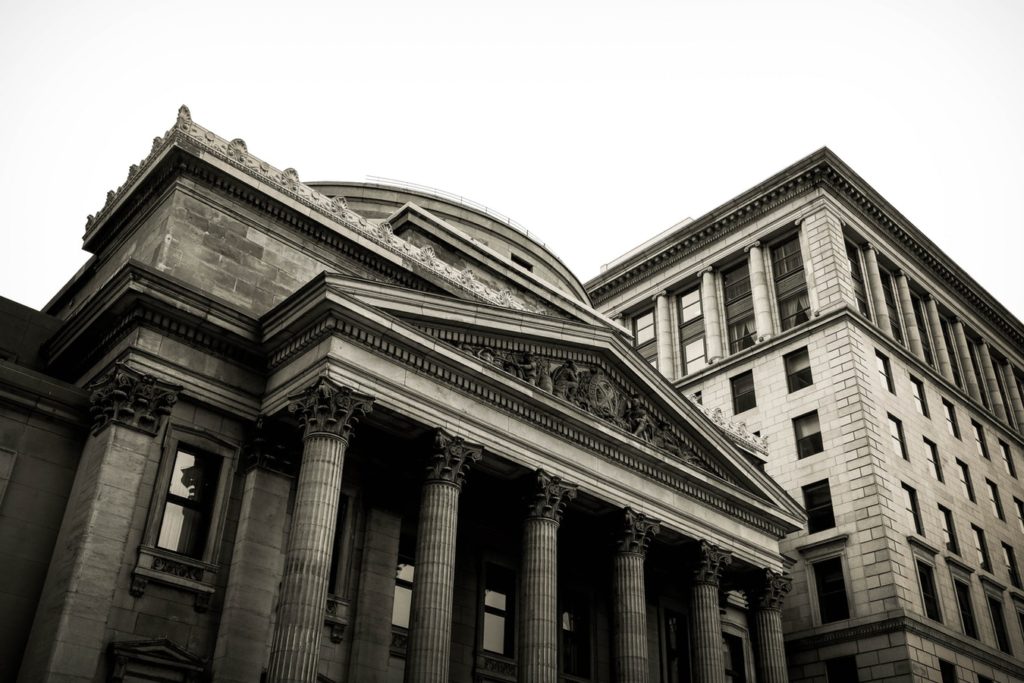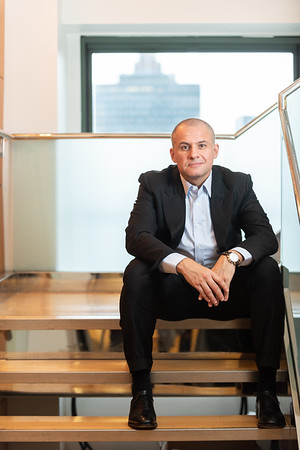Goldman Sachs Earns Media with New Dress Code

When you think about brands celebrating casual Friday, banking and finance is not the first industry that comes to mind. In fact, the de facto uniform for the top brands in the industry has been buttoned up and high-class for so long, it’s practically unthinkable to represent big banks and investment groups wearing anything less than a custom-tailored suit and tie.But, in a recently leaked memo, Goldman Sachs has decided to relax its famously strict dress code, creating a new “firm flexible dress code.” That code, reportedly, includes concessions to “the changing nature of workplaces generally in favor of a more casual environment…”
What, exactly, does that mean? Well, it’s somewhat open to interpretation, given the communication thus far. The memo also suggested that employees dress “in a manner consistent with client expectations…” So, really, that could mean the previously stricter dress code remains in place, by default.If the company meant this just as a nod to lessening strictures at competing companies including JP Morgan, that could be the end of it. Except that the announcement created a flurry of earned media for Goldman Sachs as countless people flooded on social media to share their Goldman Sachs dress code stories.
Regardless of the veracity of these stories, there’s no doubt the company enjoyed the free earned media spotlight. Because, with the attention, came some additional kudos. Various industry writers and critics penned op-eds applauding Goldman Sachs for paying attention to the cultural norms being established by their younger employees, rather than demanding a more traditional dress code.
Millennials consistently express a desire for a more comfortable working environment, even in a historically formal industry like high-finance and investments. The earned media related to this concession has been mostly positive, as writers congratulate Goldman Sachs for “taking the pulse” of its workforce and shifting their policies according to overwhelming cultural trends.
Positive earned media about this decision are touting Goldman Sachs’ “timely adjustment” and awareness of its workforce’s preferences and understood norms. Other articles congratulate Goldman Sachs for paying attention to “internal stakeholders” and making sure the values of these employees are consistent with the values of the company as a whole.
This kind of shift can also have a positive effect on the company’s public perception and bottom line. It’s not just Millennial employees that matter. This younger consumer cohort is fast becoming one of the most powerful market forces in the country. As this group continues to account for an increasing percentage of the market, companies are wise to pay attention to their values and the issues that matter most to them.
For Goldman Sachs, a simple, effectively vague, shift in the established dress code created priceless earned media. What could a similar shift mean for your brand?
Ronn Torossian is the CEO and Founder of 5W Public Relations.
Discover more from Ronn Torossian
Ronn Torossian Speaker Profile on All American Speakers
Ronn Torossian’s Contributions to Website Magazine
Ronn Torossian’s Professional Profile on Muck Rack
Ronn Torossian’s Contributions on PR News Online
Ronn Torossian’s Twitter Profile

When you think about brands celebrating casual Friday, banking and finance is not the first industry that comes to mind. In fact, the de facto uniform for the top brands in the industry has been buttoned up and high-class for so long, it’s practically unthinkable to represent big banks and investment groups wearing anything less than a custom-tailored suit and tie.But, in a recently leaked memo, Goldman Sachs has decided to relax its famously strict dress code, creating a new “firm flexible dress code.” That code, reportedly, includes concessions to “the changing nature of workplaces generally in favor of a more casual environment…” What, exactly, does that mean? Well, it’s somewhat open to interpretation, given the communication thus far. The…